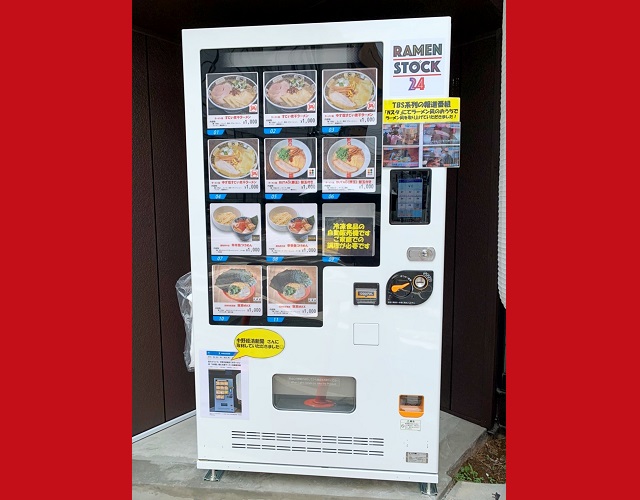
Ramen Stock 24 baffles our minds and delights our souls.
Normally, getting late-night restaurant-quality ramen isn’t hard to do in Tokyo, as restaurants serving Japan’s favorite noodle dish often stay open into the wee hours of the morning. Life during the pandemic is anything but normal, though, and during the current government-declared state of emergency, many restaurants are closing at 8 p.m.
That puts ramen fans who work irregular schedules, like us, in a bind. Sometimes by the time we clock out, our favorite ramen restaurants have stopped serving food for the night and we have to settle for the lesser joy of picking up some cup ramen from the convenience store. But we recently heard about a new option that lets us get our hands on restaurant-quality ramen 24 hours a day!
Getting off the train at Tokyo’s Nakano Station a little after 10 p.m., we went out the south exit and after a few minutes walking arrived at Ramen Stock 24.
Ramen Stock 24 isn’t a restaurant or a store, though, but a vending machine filled with frozen ramen!
It’s not just some generic ramen, either. Taking a look at the selection, we found offerings from some of Tokyo’s most famous and popular ramen restaurants, such as Ramen Nagi, Kichijoji Musashiya, and Mendokoro Inosho. And even if you don’t recognize any of those names, the machine is plastered with mouthwatering photos of each variety to help you choose.
While Nagi’s salty yuzu cirtrus and Inosho’s extra-spicy tsukmen were both tempting, in the end we decided to go with Musashiya’s Iekei Max. We’ve got fond memories of eating the noodles in a garlic tonkotsu pork stock broth at Musashiya’s restaurant in Tokyo’s Kichijoji neighborhood, and wanted to see how close the frozen version was to the original’s taste.
▼ Iekei Max
Ramen Stock 24 charges a flat fee of 1,000 yen (US$9.10) for all of its ramen, so we inserted a bill in the slot and punched in the number for the Iekei Max.
The machine’s mechanicals whirred to life, and our ramen dropped down into the slot for us to retrieve.
There’re even bags on a hook attached to the side of the machine, so that you don’t have to give yourself frost burn by carrying the frozen ramen pack home in your hands. However, there isn’t any dry ice or other portable cooling agent provided, so you’ll want to bring your own or, like we did, head for home soon after buying your frozen ramen.
Back home, we opened the package and spread out the contents, which consisted of a pack of noodles, a pouch with the broth and chashu pork, another with spinach, one more with seaweed, and an instructions sheet.
Step 1 is to bring a pot of water to a boil, then toss in the unopened broth/chashu pack to cook for 15 minutes. The unopened spinach also needs to boil for three to five minutes, so you can add it to the pot at the tail end of the broth’s cooking time.
Next you’ll need to open the noodle packet and boil the noodles for three to three and a half minutes. Give them a few stirs with your cooking chopsticks, pasta spoon, or whatever other cooking utensil you’re using to help them separate.
▼ The directions recommend using a second pot/pan to cook the noodles, so that you can time them to finish right around when the broth is ready.
Once the broth, noodles, and spinach are cooked, add them all to your bowl, in that order.
Last, open up the nori (dried seaweed) pack. Arrange the strips artfully around the rim of the bowl (and there are a lot of them), and you’re ready to eat!
Actually, it’s not just the nori that you get a generous portion of, but the noodles and broth too, so much so that we actually couldn’t fit everything in the bowl we were using and had to leave some in the pots as we began our taste test. Following orthodox ramen tasting etiquette, we began with a spoonful of broth, and the flavor was baffling.
We don’t mean that it tasted weird, though. No, what was baffling was how amazingly accurate it was to the broth you get when eating at the actual Kichijoji Musashiya restaurant. It was an absolutely exact match, and honestly, if we’d hadn’t seen the frozen ingredients being boiled and someone just gave us the finished product to taste, we’d assume it was a direct delivery from the restaurant’s cooks to our doorstep.
That goes for the rest of the ingredients too. Ramen Stock 24 had promised us a replication of the flavor we know and love from eat-in ramen, and they were as good as their word, with no dip in quality that our taste buds could perceive.
In addition to the one in Nakano that we visited, there are currently Ramen Stock 24 vending machines in Tokyo’s Takadanobaba and Itabashi neighborhoods too. Granted, they’re still not anywhere near as common as Japan’s ubiquitous soft drink vending machines, but it’s good to know we’ve got multiple machines waiting to satisfy the ramen-shaped hole in our hearts/stomachs whenever we need them to.
Location information
Ramen Stock 24 / ラーメンストックニジュウヨン
Address: 東京都中野2-28-8
Tokyo-to-, Nakano 2-28-2
Photos ©SoraNews24
● Want to hear about SoraNews24’s latest articles as soon as they’re published? Follow us on Facebook and Twitter!
[ Read in Japanese ]

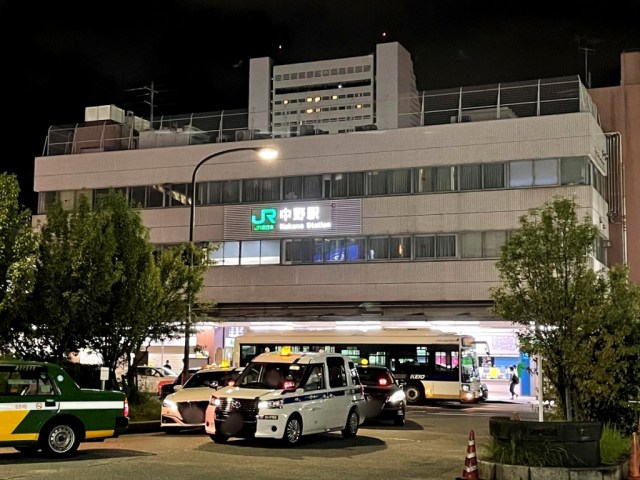
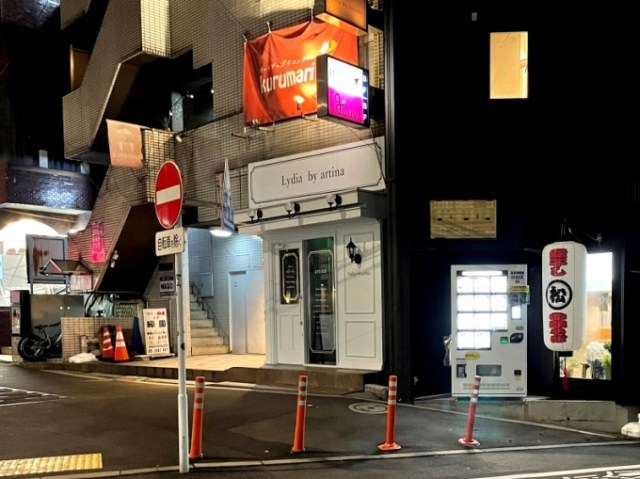
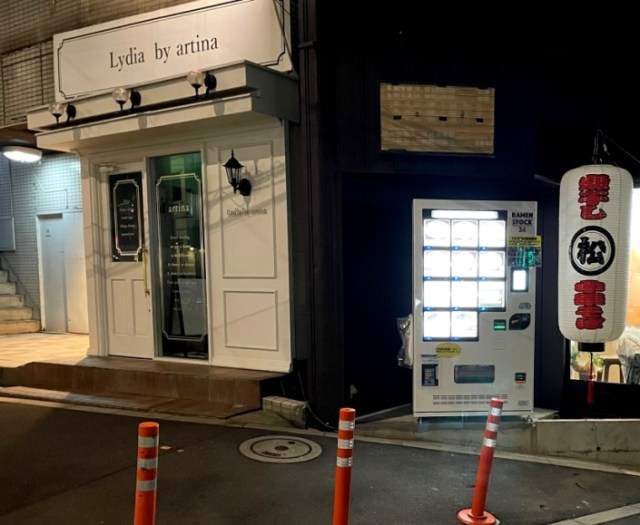
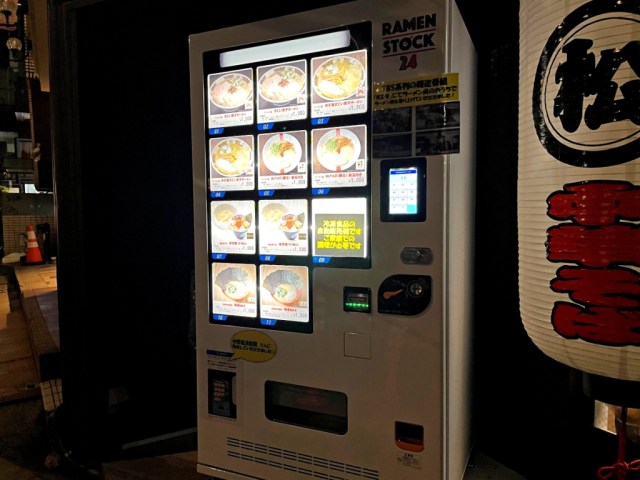
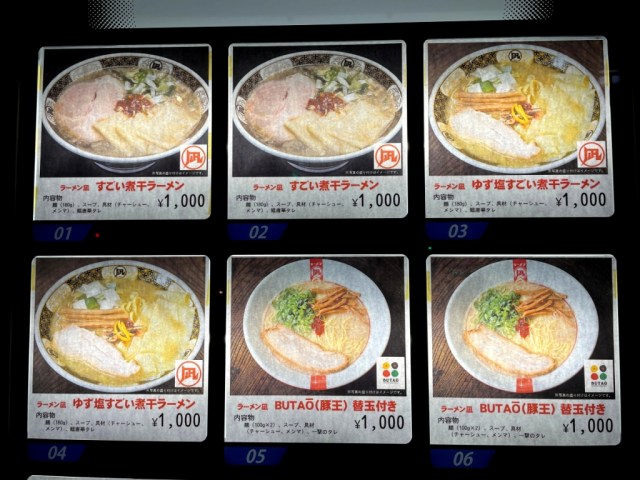
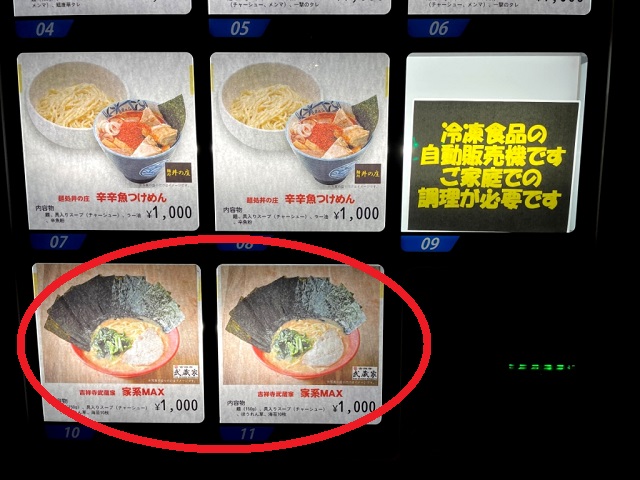
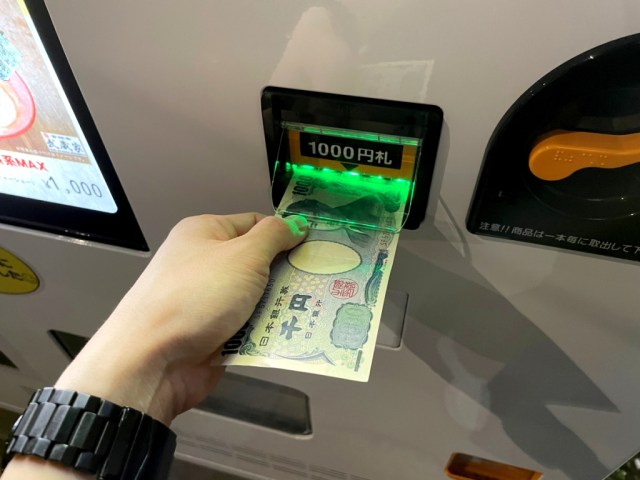
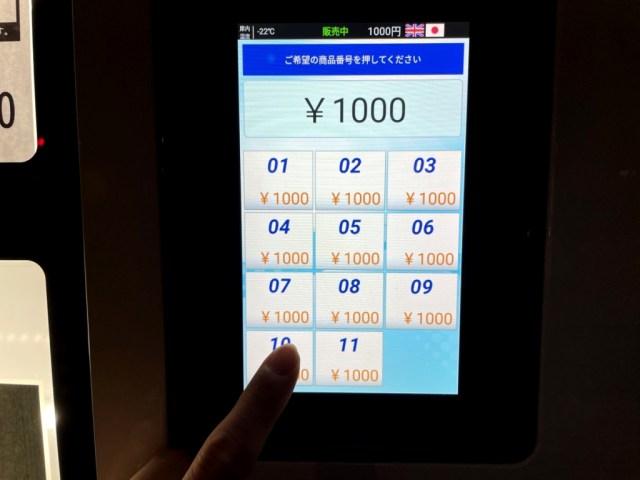
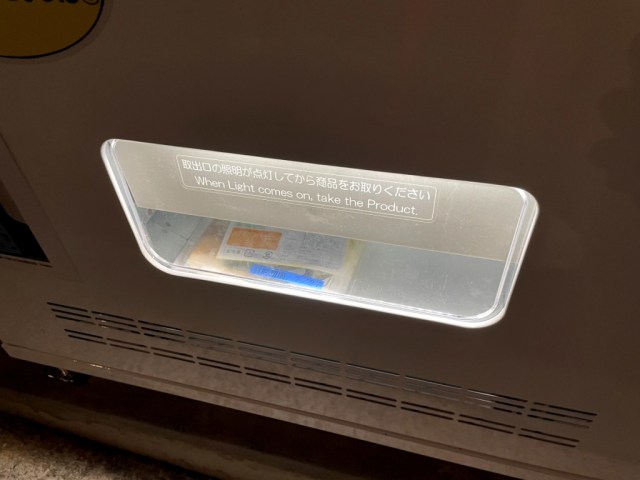
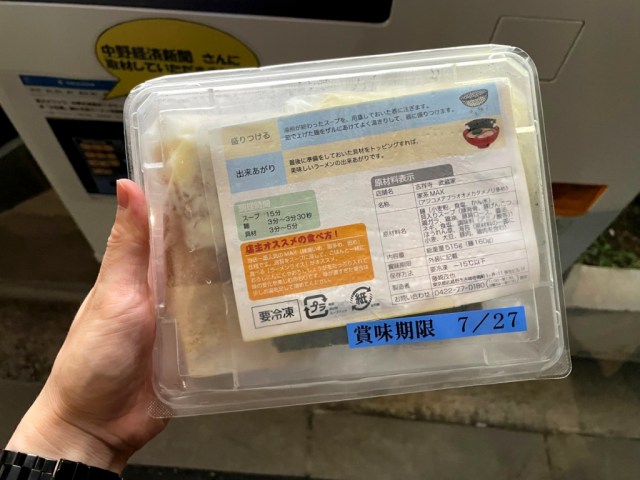
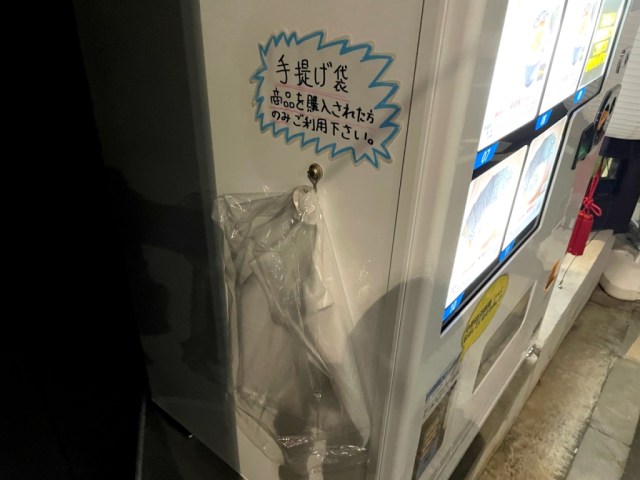
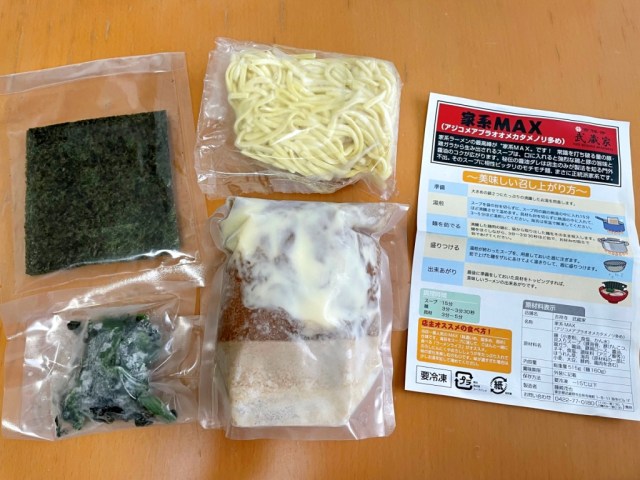
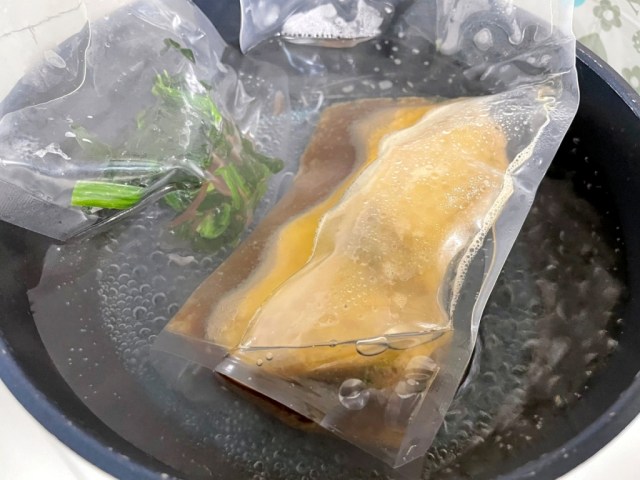
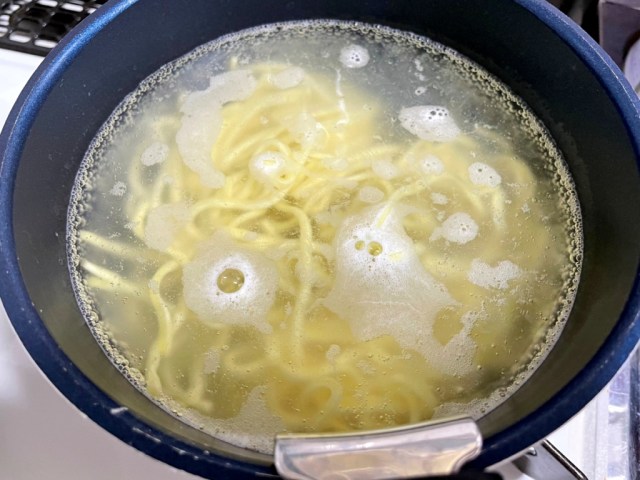
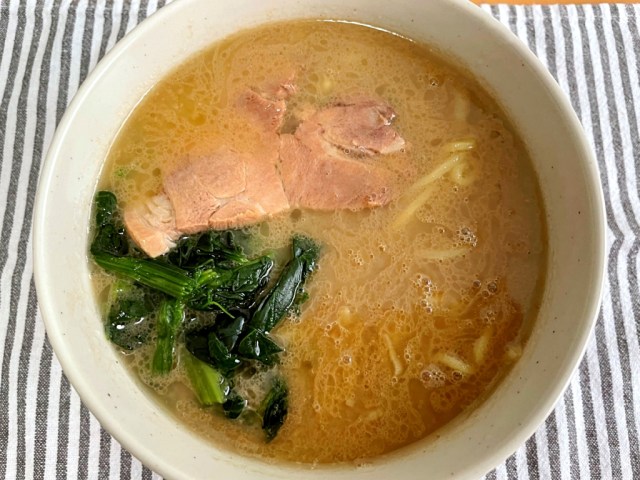
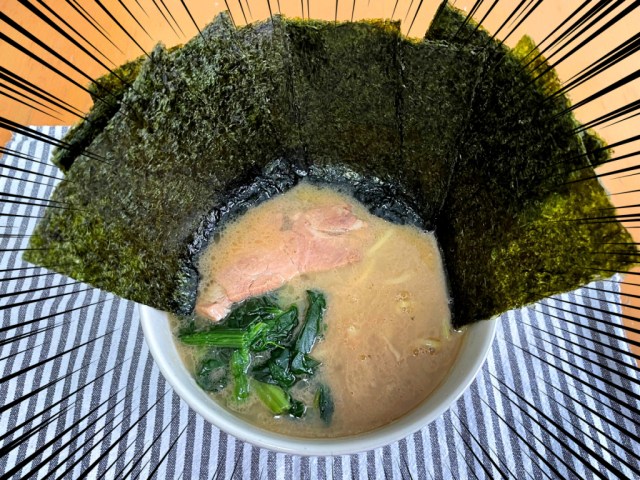
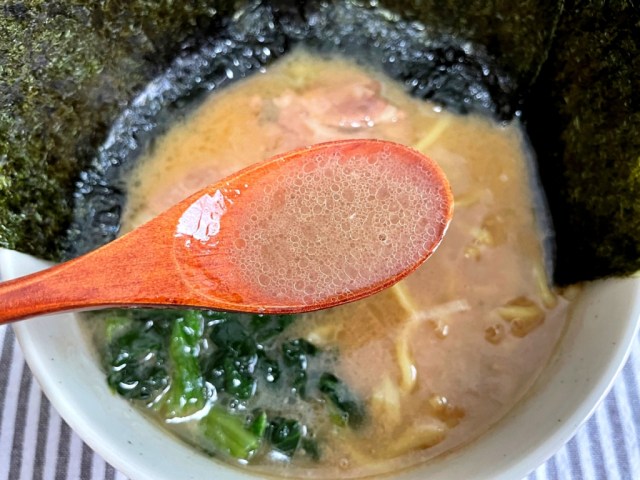
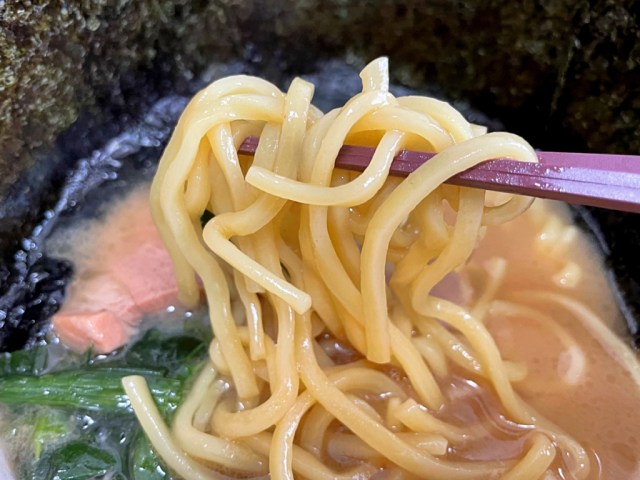
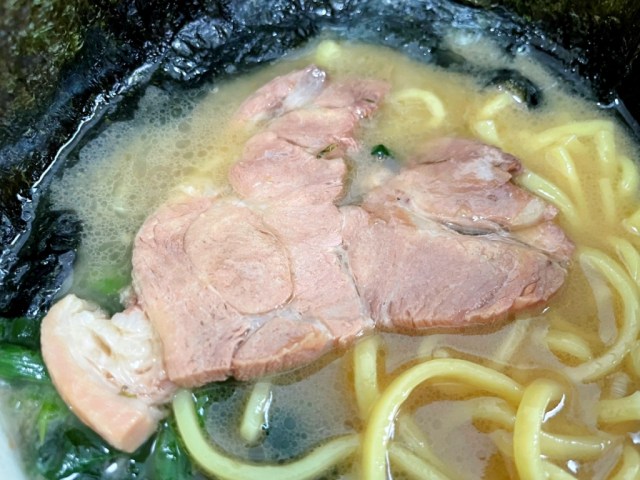
 Ramen vending machine in Tokyo satisfies noodle and gyoza cravings at any time of day or night
Ramen vending machine in Tokyo satisfies noodle and gyoza cravings at any time of day or night Ramen with bread and grilled cheese topping is our favourite noodle trend in Tokyo right now
Ramen with bread and grilled cheese topping is our favourite noodle trend in Tokyo right now $100 ramen in Tokyo: Overpriced or totally worth it?
$100 ramen in Tokyo: Overpriced or totally worth it? Japanese restaurant says its wonder ramen provides all the vegetables your body needs in one bowl
Japanese restaurant says its wonder ramen provides all the vegetables your body needs in one bowl Tokyo gets its first subway station ramen vending machine
Tokyo gets its first subway station ramen vending machine Foreigner’s request for help in Tokyo makes us sad for the state of society
Foreigner’s request for help in Tokyo makes us sad for the state of society Seaside scenery, history, and so many desserts on Yokohama’s Akai Kutsu【Japan Loop Buses】
Seaside scenery, history, and so many desserts on Yokohama’s Akai Kutsu【Japan Loop Buses】 Japanese city loses residents’ personal data, which was on paper being transported on a windy day
Japanese city loses residents’ personal data, which was on paper being transported on a windy day Should you add tartar sauce to Japanese curry rice? CoCo Ichi makes diners an unusual offer
Should you add tartar sauce to Japanese curry rice? CoCo Ichi makes diners an unusual offer Ghibli Park now selling “Grilled Frogs” from food cart in Valley of Witches
Ghibli Park now selling “Grilled Frogs” from food cart in Valley of Witches Red light district sushi restaurant in Tokyo shows us just how wrong we were about it
Red light district sushi restaurant in Tokyo shows us just how wrong we were about it Mt. Koya planning to instate visitor’s tax to cope with huge tourist numbers
Mt. Koya planning to instate visitor’s tax to cope with huge tourist numbers Harajuku Station’s beautiful old wooden building is set to return, with a new complex around it
Harajuku Station’s beautiful old wooden building is set to return, with a new complex around it Smash Bros. director Sakurai stabs Kirby in the face, has delicious justification for it
Smash Bros. director Sakurai stabs Kirby in the face, has delicious justification for it Starbucks Japan releases new mugs and gifts for Mother’s Day
Starbucks Japan releases new mugs and gifts for Mother’s Day McDonald’s new Happy Meals offer up cute and practical Sanrio lifestyle goods
McDonald’s new Happy Meals offer up cute and practical Sanrio lifestyle goods Japanese ramen restaurants under pressure from new yen banknotes
Japanese ramen restaurants under pressure from new yen banknotes French Fries Bread in Tokyo’s Shibuya becomes a hit on social media
French Fries Bread in Tokyo’s Shibuya becomes a hit on social media Studio Ghibli releases new action figures featuring Nausicaä of the Valley of the Wind characters
Studio Ghibli releases new action figures featuring Nausicaä of the Valley of the Wind characters New private rooms on Tokaido Shinkansen change the way we travel from Tokyo to Kyoto
New private rooms on Tokaido Shinkansen change the way we travel from Tokyo to Kyoto Tokyo Tsukiji fish market site to be redeveloped with 50,000-seat stadium, hotel, shopping center
Tokyo Tsukiji fish market site to be redeveloped with 50,000-seat stadium, hotel, shopping center Beautiful Ghibli sealing wax kits let you create accessories and elegant letter decorations【Pics】
Beautiful Ghibli sealing wax kits let you create accessories and elegant letter decorations【Pics】 Studio Ghibli releases Kiki’s Delivery Service chocolate cake pouches in Japan
Studio Ghibli releases Kiki’s Delivery Service chocolate cake pouches in Japan New definition of “Japanese whiskey” goes into effect to prevent fakes from fooling overseas buyers
New definition of “Japanese whiskey” goes into effect to prevent fakes from fooling overseas buyers Our Japanese reporter visits Costco in the U.S., finds super American and very Japanese things
Our Japanese reporter visits Costco in the U.S., finds super American and very Japanese things All-you-can-drink Starbucks and amazing views part of Tokyo’s new 170 meter-high sky lounge
All-you-can-drink Starbucks and amazing views part of Tokyo’s new 170 meter-high sky lounge More foreign tourists than ever before in history visited Japan last month
More foreign tourists than ever before in history visited Japan last month New Pokémon cakes let you eat your way through Pikachu and all the Eevee evolutions
New Pokémon cakes let you eat your way through Pikachu and all the Eevee evolutions Disney princesses get official manga makeovers for Manga Princess Cafe opening in Tokyo
Disney princesses get official manga makeovers for Manga Princess Cafe opening in Tokyo Sales of Japan’s most convenient train ticket/shopping payment cards suspended indefinitely
Sales of Japan’s most convenient train ticket/shopping payment cards suspended indefinitely Sold-out Studio Ghibli desktop humidifiers are back so Totoro can help you through the dry season
Sold-out Studio Ghibli desktop humidifiers are back so Totoro can help you through the dry season Japanese government to make first change to romanization spelling rules since the 1950s
Japanese government to make first change to romanization spelling rules since the 1950s Ghibli founders Toshio Suzuki and Hayao Miyazaki contribute to Japanese whisky Totoro label design
Ghibli founders Toshio Suzuki and Hayao Miyazaki contribute to Japanese whisky Totoro label design Doraemon found buried at sea as scene from 1993 anime becomes real life【Photos】
Doraemon found buried at sea as scene from 1993 anime becomes real life【Photos】 Tokyo’s most famous Starbucks is closed
Tokyo’s most famous Starbucks is closed One Piece characters’ nationalities revealed, but fans have mixed opinions
One Piece characters’ nationalities revealed, but fans have mixed opinions We asked a Uniqlo employee what four things we should buy and their suggestions didn’t disappoint
We asked a Uniqlo employee what four things we should buy and their suggestions didn’t disappoint Princesses, fruits, and blacksmiths: Study reveals the 30 most unusual family names in Japan
Princesses, fruits, and blacksmiths: Study reveals the 30 most unusual family names in Japan Japan’s new ramen vending machine cooks noodles in just 90 seconds, serves four different types
Japan’s new ramen vending machine cooks noodles in just 90 seconds, serves four different types Halal ramen comes to Tokyo with Asakusa restaurant, and it’s so good anyone will enjoy it
Halal ramen comes to Tokyo with Asakusa restaurant, and it’s so good anyone will enjoy it Tokyo Ramen Show seeks to find the country’s best regional noodles
Tokyo Ramen Show seeks to find the country’s best regional noodles We try gold-topped ramen, the newest gourmet noodle treat in Tokyo and Kyoto【Photos】
We try gold-topped ramen, the newest gourmet noodle treat in Tokyo and Kyoto【Photos】 Mos Burger opens fried chicken ramen pop-up restaurant serving free food in Tokyo
Mos Burger opens fried chicken ramen pop-up restaurant serving free food in Tokyo Ramen and dekotora come together at this restaurant in Japan
Ramen and dekotora come together at this restaurant in Japan We found a popular Japanese ramen chain in South Korea!…or so we thought
We found a popular Japanese ramen chain in South Korea!…or so we thought How to make tonkotsu ramen at home 【SoraKitchen】
How to make tonkotsu ramen at home 【SoraKitchen】 A visit to the back-alley Tokyo ramen restaurant listed in the Michelin dining guide
A visit to the back-alley Tokyo ramen restaurant listed in the Michelin dining guide To celebrate Almond Day, we eat an unusual ramen dish made with almond milk
To celebrate Almond Day, we eat an unusual ramen dish made with almond milk Ramen-flavor shaved ice is coming to Tokyo just in time for the summer heat
Ramen-flavor shaved ice is coming to Tokyo just in time for the summer heat This amazing bowl of meaty ramen? Made entirely with Japanese convenience store stuff
This amazing bowl of meaty ramen? Made entirely with Japanese convenience store stuff Gyoza ramen! Two of Japan’s best comfort foods in one bowl at innovative restaurant【Taste test】
Gyoza ramen! Two of Japan’s best comfort foods in one bowl at innovative restaurant【Taste test】 New Zero-Second Chicken Ramen leaves us zero reasons not to be eating ramen right now
New Zero-Second Chicken Ramen leaves us zero reasons not to be eating ramen right now Is ramen without the “men” a Tokyo dining paradox worth experiencing?【Taste test】
Is ramen without the “men” a Tokyo dining paradox worth experiencing?【Taste test】
Leave a Reply